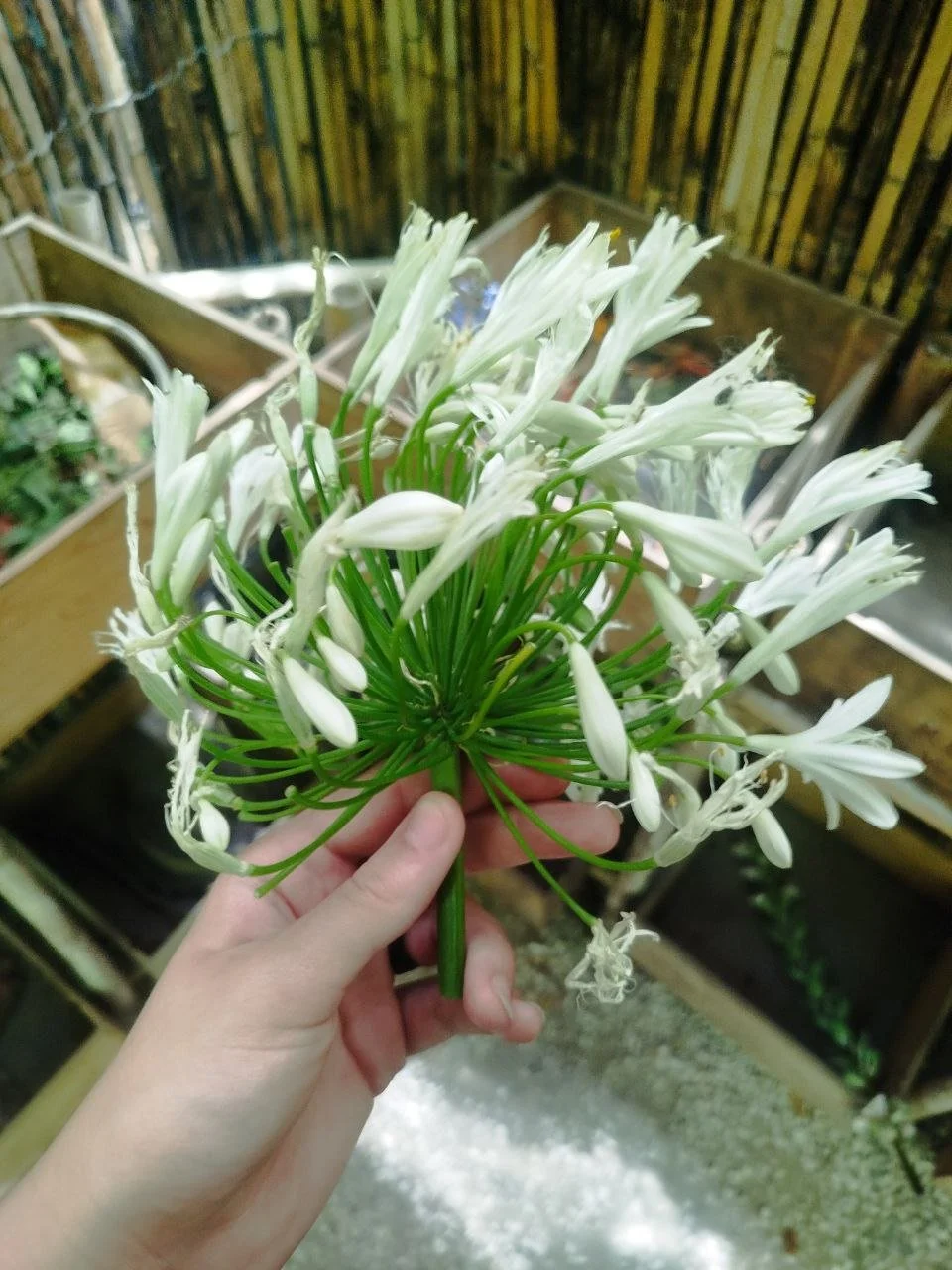Student Voice: Visiting Lisbon’s Botanical Garden
By Neža Kokot, Ecological Belonging Innovation Fellow from the University of Ljubljana
During one of my school projects, revolving around sensorial detection in a neighbourhood called Chiado, in Lisbon, Portugal, I had a little extra time to explore the city. Because of my love of nature, I decided to visit the city's botanical garden. While I was having trouble finding it through Google Maps, I happened upon a hill to discover the botanical garden and the National Museum of Sciences and Natural History. To my surprise, I could enter both free of charge. (So if you ever find yourself in the beautiful city of Lisbon, I recommend you check out this museum and botanical garden on Sundays, and you will get a free entrance ticket until 1 pm. But enough small talk, I came here to write about the botanical garden.) I will leave the exploration of it to you, the reader, in hopes it is going to bring you just as much pleasure as it did to me.
I came here to talk about a small part of the botanical garden — the part that reminded me what belonging and aligning with nature is all about. And I hope this little piece of information will be an extra push to make you visit this beautiful garden or find a moment of Ecological Belonging connection in your own life.
Amid the Lisbon botanical garden lies the sensorial garden, an area, which they say: “Promotes, inclusion, and native biodiversity of plants, insects and birds alike.” Meant for connecting with nature, it aids and enables us to observe, smell, touch, and hear the enchanting spirit of nature. I will try to explain the concept in as much detail as I can, but because I know that not everything can be described adequately with words, explore the photos below, so you can imagine the real experience. The garden was constructed from a greenhouse-like construct and an open space in front of it. In this little corner of the botanical garden, you can observe plants, flowers, fruits, and insects, smell the aroma of different plant life, experience the different textures on the barefoot walking path, and touch to experience the life cycle of plants. You are also able to hear the sound of wind, birds chirping, and the flow of water.
The open space before the greenhouse construction was meant as an introductory space. On the other side lay a sign and some empty small bookshelves. I realized there was a circle with different elements found in nature and a tree inside. As I stepped closer, I noticed the sign and found out that next to me lay a barefoot walking path. It is meant for people to experience and recognise the different textures of various elements, which we can usually find in nature or a path in nature. Curious, I took off my shoes and set off to explore the textures myself. The circle consisted of 6 materials: pebbles, gravel, sand, leaves, pine bark, and trunks. The experience was magical. Even though I am not that far from my childhood years, it has been ages since I ran around as a child, barefoot, not worrying about hurting my feet in any environmental path. Making my third round around the path, I decided to check the other forms of sensorial feeling, so I quickly put on my shoes and walked right into the greenhouse construction.
Feeling the people coming behind me, I knew I had only a few minutes to really appreciate the sensory garden before I was met with people’s noise and the crippling thought of not letting people have their own space. I hurried to the end of the path, looking straight into the signs that later turned out to be tactile boxes meant for experiencing the touch, smell, and sounds of different parts of plants and their selected structures. The boxes consisted of 5 different regions: roots, branches and leaves, flowers, fruits, and seeds. I got the chance to touch and smell flowers I had never seen before. It was the first time in years I got to discover plants and their parts outside of just looking at them. Most of them I did not recognise.
I later did a short walk around the designated path of the greenhouse construction, and snuck through the already coming people, to take a last shot of the path.
Because of this unique experience, I knew that I had to share it with the world, to write some thoughts, and to write about an extraordinary experience I am grateful that I got to enjoy. In the future, if I have a house, or if I own land, I can perhaps try to create a sensory garden myself – or I can try to promote it to my city’s officials, so they create one for us. The possibilities are endless, and I hope to encounter another sensorial garden someday. To you, the reader, I propose to find one in your local city or county and experience the adventure yourselves – some sensory gardens I found are in: Chicago Botanic Garden, Botanic Gardens of Sydney, Denver Botanic Gardens, Missouri Botanical Garden, etc.
And why did I consider sharing this experience with the Ecological Belonging blog? I think it's very important to be connected to nature, and even though a botanical garden is a great example of this, not everything can be experienced by eyesight only. To be able to feel the ground you are walking on, touching the plants in different stages of their life, or smell them, is a unique experience altogether.






